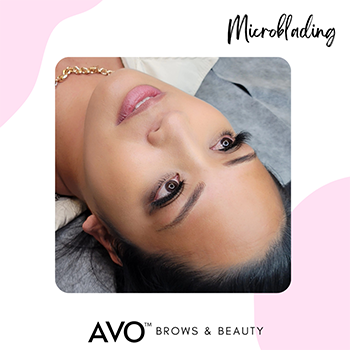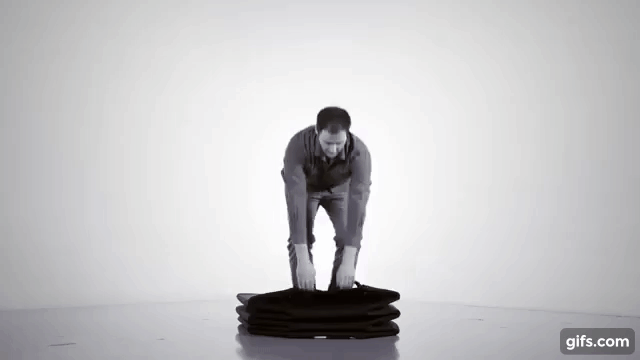How homeowners can choose between a fixed-rate second or HELOC
More importantly, which of these two loan programs is best for you?

Say you are a homeowner who’s not about to touch your 3% first mortgage rate, but you need money for X.
What’s the difference between a fixed-rate second mortgage, also known home equity loan or HELOAN, and a home equity line of credit, or HELOC? More importantly, which of these two loan programs is best for you?
In both cases, the lien is in second position behind a first mortgage. (We’ll remind readers that California calls the first mortgage a deed of trust.)
A homeowner typically taps equity to get cash. Equity is the property value minus the first mortgage. Generally, a borrower can go to 90% combined loan-to-value. For example, the home is worth $1 million. The first is $600,000. The borrower could take out as much as $300,000 on a second lien. It’s the total of the loans ($900,000) divided by the property value ($1 million).
With a fixed-rate second mortgage, and in most cases but not every case, borrowers are given all the money upfront in one lump sum. The mortgage note and payment is fixed for the life of the loan. Mortgage rates for well-qualified borrowers can be as low as 6.65% and as high as (roughly) 10% for weak credit borrowers.
HELOCs mimic the way credit cards work. You can borrow and pay back, at least for the first 10 years. Or you can pay back interest-only or principal and interest in those first 10 years.
After 10 years, for the remaining say 15 years, you must amortize and pay off the balance in the remaining time left. That means paying principal and interest. The HELOC is frozen after 10 years, which means you can’t tap more equity from it. HELOCs are typically tied to the prime rate, which is currently at 8.5%.
On Sept. 18, the Federal Reserve is likely going to announce a one-quarter-point reduction in short-term interest rates, not the half-point every home equity borrower, waiting with bated breath on the sidelines, was hoping for. That means the prime rate will drop to 8.25%.
What sealed the deal was the Consumer Price Index report Sept. 11 that showed core inflation rate (tied to housing) rose unexpectedly month over month from 0.2% to 0.3%.
So, the pricing a HELOC will be prime rate plus a margin or profit margin.
It could be prime plus zero for well-qualified borrowers, meaning your rate would accrue at 8.25%. It could be prime plus two, meaning your rate would be 10.25% for weaker borrowers.
Generally, if you already have debts to pay off, or perhaps you are tapping equity to buy another property, I recommend the fixed-rate second mortgage. Fixed rates for most borrowers are a lot cheaper than adjustable rates. And you don’t have to worry about a potential rate increase.
HELOCs might best serve a borrower who doesn’t need any money upfront, or if they only need some money upfront but not all of it. HELOCs are also a great “just in case of emergency” line of credit.
There are also fancy, exotic second mortgages. This means you can apply using bank statements for income in lieu of tax returns for self-employed borrowers. You can put either on a rental property. One program goes up to a $1 million loan amount.
Something else to consider: redoing a first mortgage.
Depending on the size of your first mortgage and your current interest rate, along with what you need in a second, it might behoove you to get a new first mortgage instead.
For example, let’s say you only owe $150,000 on your first mortgage at a 3.25% interest rate. But you need to pull $400,000 in equity out of the house. Say, the rate on the second is 7.75% on a 20-year fixed. But you can redo the entire $550,000 on a new first at 5.99%. Interest rate-wise and perhaps cash flow-wise, it might make sense to redo the first.
Points and fees vary from as little as no-cost to 2 points or 2% of the loan amount plus settlement charges. For example, 2% of $100,000 is $2,000. Plus, you might have title insurance, appraisal, settlement agent and recording fees that could run $2,000 or less.
If you are using the cashout to pay off a credit card, an auto loan and say a student loan for example, no tax deductions for you. If you want to pull money out to build an accessory dwelling unit, then it is deductible with deductibility limits.
It’s always good to go over any proposals with your tax adviser and/or your financial planner ahead of engaging with your mortgage loan originator.
Freddie Mac rate news
The 30-year fixed rate averaged 6.2%, 15 basis points lower than last week. The 15-year fixed rate averaged 5.27%, 20 basis points lower than last week.
The Mortgage Bankers Association reported a 1.4% mortgage application increase compared with one week ago.
Bottom line: Assuming a borrower gets the average 30-year fixed rate on a conforming $766,550 loan, last year’s payment was $423 more than this week’s payment of $4,770.
What I see: Locally, well-qualified borrowers can get the following fixed-rate mortgages with one point: A 30-year FHA at 4.875%, a 15-year conventional at 4.625%, a 30-year conventional at 5.375%, a 15-year conventional high balance at 5.125% ($766,551 to $1,149,825 in LA and OC and $766,551 to $1,006,250 in San Diego), a 30-year-high balance conventional at 5.625% and a jumbo 30-year fixed at 5.99%.
Note: The 30-year FHA conforming loan is limited to loans of $644,000 in the Inland Empire and $766,550 in LA, San Diego, and Orange counties.
Eye-catcher loan program of the week: A 20-year fixed rate second at 6.75% with 2 points cost.
Jeff Lazerson, president of Mortgage Grader, can be reached at 949-322-8640 or jlazerson@mortgagegrader.com.




















